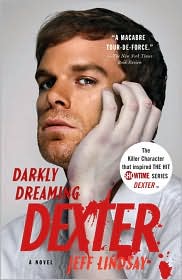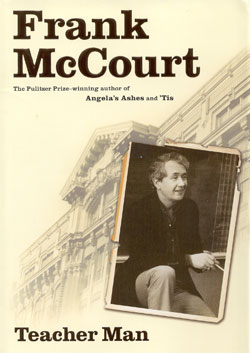 Teacher Man, by Frank McCourt
Teacher Man, by Frank McCourtAuthor of Angela’s Ashes and ‘Tis, the Pulitzer Prize-winning writer finally sets down his memoir of his life as a teacher. I figured this would be a great final book of reading for the summer season to get me back in the groove of teaching. I’ll be pre-student teaching in a high school this fall and I can’t wait even though all of my other classes this semester are going to be the death of me. So much reading! But don’t worry; I’ll keep you posted on my progress.
To steal from the book jacket: “Teacher Man shows McCourt developing his unparalleled ability to tell us a great story as, five days a week, five periods per day, he works to gain the attention and respoect of unruly, hormonally charged or indifferent adolescents. McCourt’s rocky marriage, his failed attempt to get a PhD at Trinity College, Dublin, and his repeated firings due to his propensity to talk back to his superiors ironically led him to New York’s most prestigious school, Stuyvesant High School, where he finally finds a place and a voice.” McCourt’s tale is one constantly changing its scenery and plot. Starting out in Ireland, moving to America, working on a loading dock and finally getting his teaching certificate, Frank has done it all. He tells many stories of crazy lesson plans involving recipes being read to student instrumental music or tales of getting fired for eating a student’s sandwich right in front of the class. It is definitely a story of growth as over time Frank McCourt becomes the man he hoped to be when he started out.
It is an interesting style of narrative. While always extremely entertaining to read, the story jumps around a lot. Readers will start out in Frank’s first classroom but then be taken instantly back to his class through stories he would tell his students about Ireland and the working world. It is fitting, however, because he gets off topic in the beginning just as his students would in hopes that he would forget to teach them anything that day. It worked in his classroom; it works in the novel. After learning about his past, McCourt takes time himself to continue to talk about his failed time in Dublin. It isn’t until the third book, “Part III: Coming Alive in Room 205” that his tale actually becomes devoted to his time in the classroom. It isn’t until now that he has any successful stories to tell until arriving at Stuyvesant High School. It is here he starts to connect with the material and to his students but sadly this is only found in the last quarter of the memoir. Not that it wasn’t enjoyable reading what he had to say about his many failings in the field of education, but with a title like Teacher Man, I was originally hoping for more of a focused storyline to rival other teaching tales like Up the Down Staircase or To Sir With Love.
I would only recommend this book to other educators or future educators or anyone interesting in the education field. I am going to assume that any fans of Angela’s Ashes or ‘Tis would also like this memoir, but I cannot say for sure because I have not read McCourt’s other works. However, with a profound writing style like this, I am definitely interested in reading something of his that actually won a Pulitzer.
“It is what you read when you don't have to that determines what you will be when you can't help it.”
-Oscar Wilde
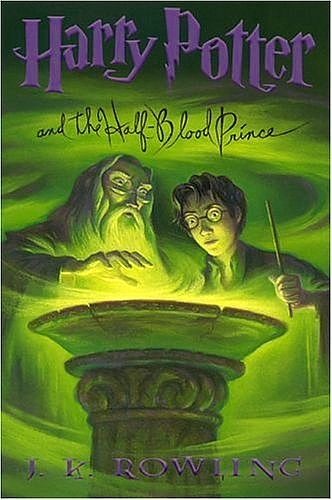 Harry Potter and the Half-Blood Prince
Harry Potter and the Half-Blood Prince


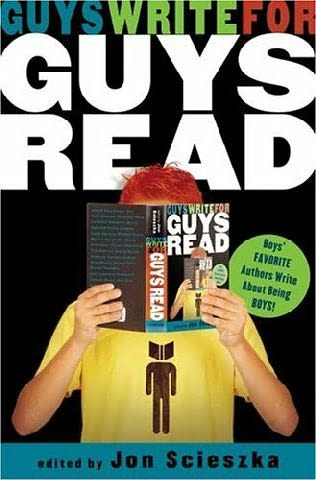

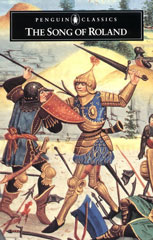 The Song of Roland
The Song of Roland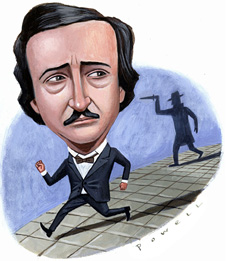














 Sir Thomas Moore (the portrait that brought Hans Holbein to the novel):
Sir Thomas Moore (the portrait that brought Hans Holbein to the novel): A gift for Meg (her portrait?):
A gift for Meg (her portrait?): The painting that inspired the novel:
The painting that inspired the novel:




